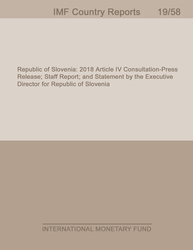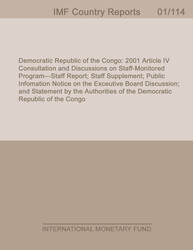
Republic of Latvia: Selected Issues
Republic of Latvia: Selected Issues
READ MORE...
Volume/Issue:
Volume 2024
Issue 285
Publication date: September 2024
ISBN: 9798400287817
$20.00
Add to Cart by clicking price of the language and format you'd like to purchase
Available Languages and Formats
| English |
Prices in red indicate formats that are not yet available but are forthcoming.
Topics covered in this book
This title contains information about the following subjects.
Click on a subject if you would like to see other titles with the same subjects.
Exports and Imports , Investments and Securities-General , Labor , labor productivity growth , D , allocative efficiency , export share decline , D , Latvia's productivity growth , B , CSA Decomposition , Total factor productivity , Productivity , Labor productivity , Real effective exchange rates , Baltics , Europe
Also of interest
Summary
This paper assesses recent developments in Latvia’s competitiveness and productivity in the context of Baltic economies. Latvia’s export market share has declined in recent years reflecting weakening external demand and the effects of EU trade sanctions, but only limited loss of competitiveness. Latvia faces weakening competitiveness. Latvia’s real effective exchange rate appreciation in recent years has been greater than that implied by its productivity trend, so the economy faces a narrowing competitiveness buffer. Latvia’s total factor productivity growth boost post-global financial crisis is unlikely to be sustained without structural reforms and efforts to increase capital investment. A decade-long weak investment, large infrastructure gaps, aging and emigration, and insufficient accumulation in skills weigh on Latvia’s productivity growth and competitiveness. These also pose risks that Lavia could be caught in a middle-income trap with low growth and slow convergence to euro area income level. Therefore, Latvia requires significantly higher investment for sustained convergence. In order to preserve Latvia’s competitiveness and build more resilience against future shocks, it is key to promote productivity growth via structural reforms and capital investment. Boosting productivity is also needed to meet challenges presented from Russia’s war in Ukraine and the ongoing transitions to sustain income convergence.



